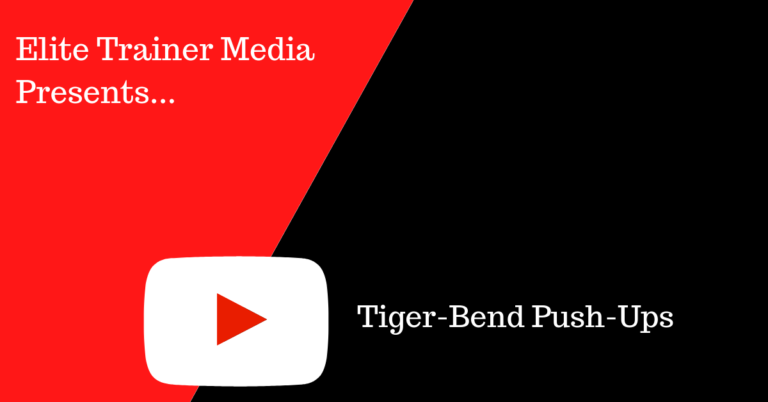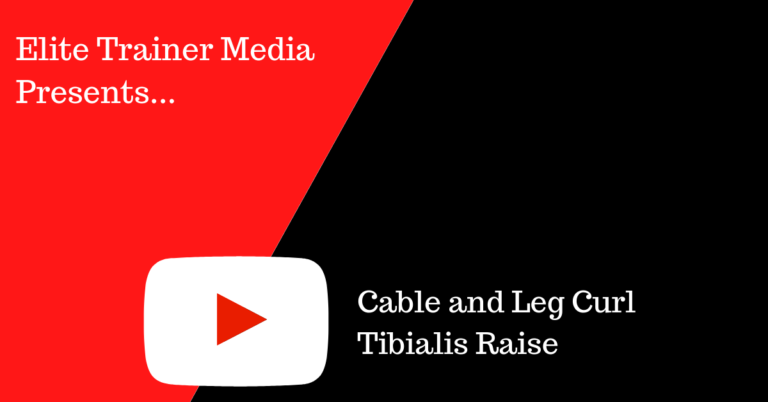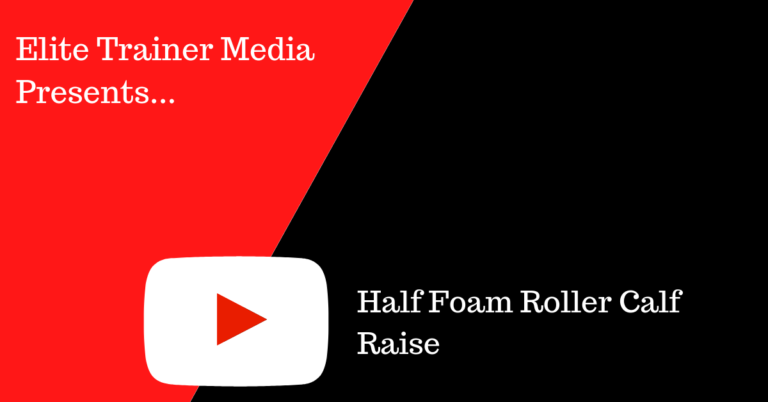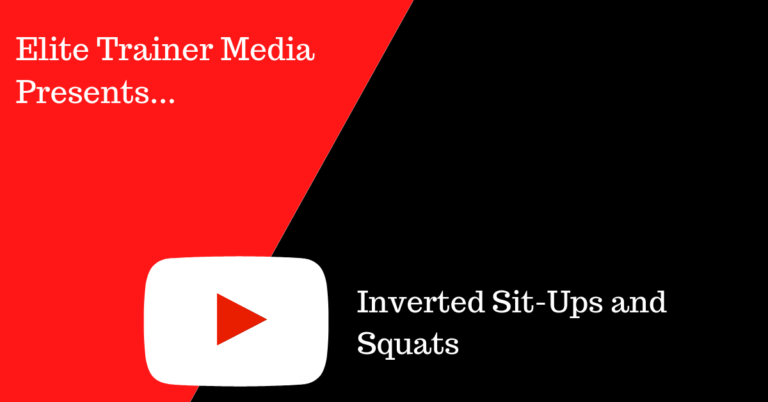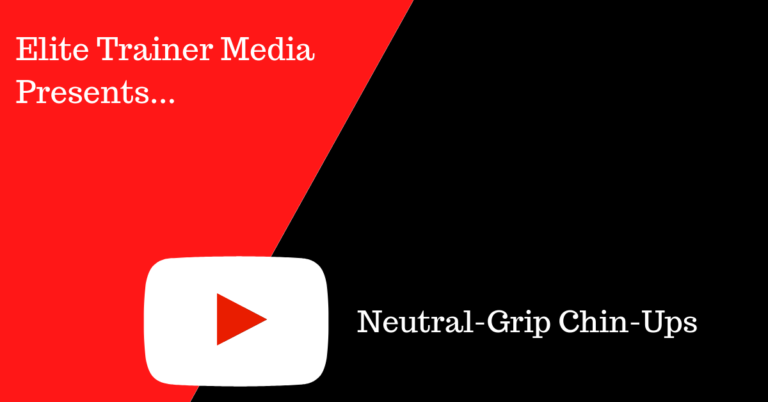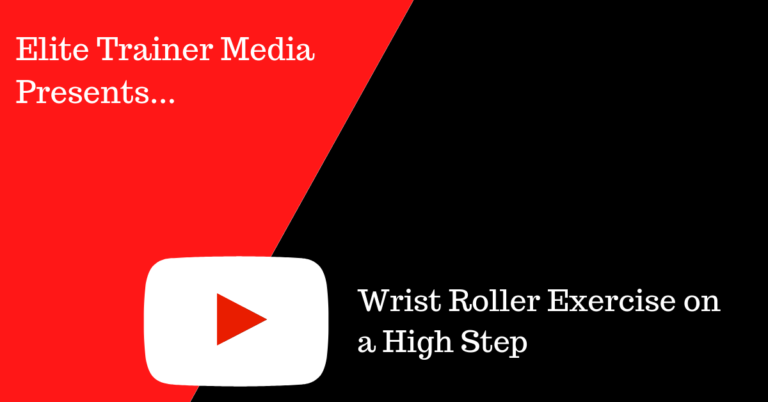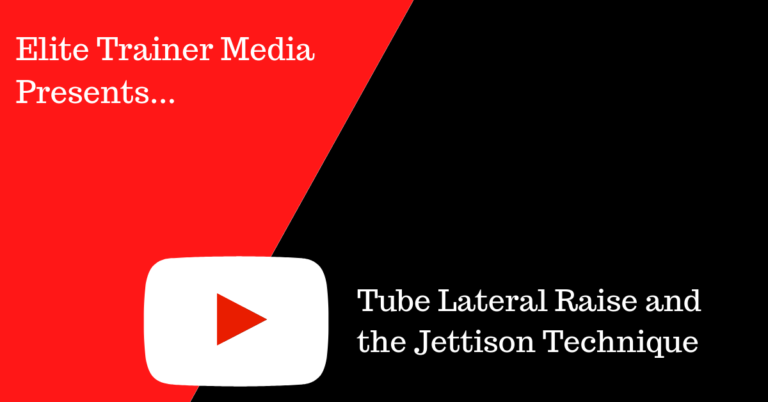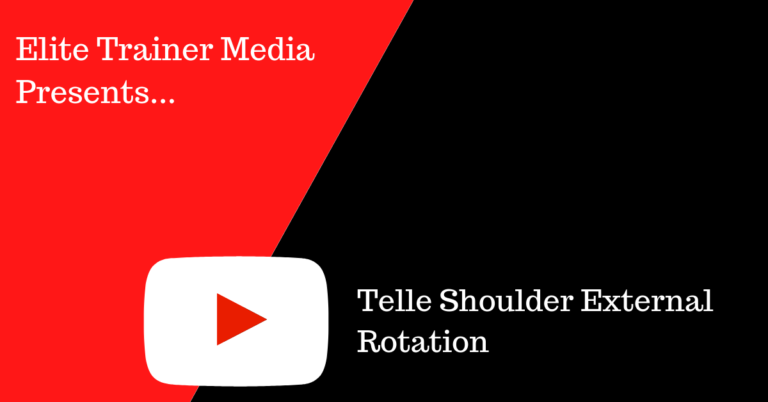Start in a push-up position with your shoulders directly above your hands. Lower your forearms and elbows toward the floor until your biceps make full contact with your forearms at the bottom. It’s tougher than it looks—most people struggle with it at first. A good way to learn the movement is to start from the…
Most lifters train their calves regularly, but the tibialis anterior, the major muscle on the front of the shin, is often neglected. This imbalance can limit lower leg development. Strengthening the tibialis anterior can not only enhance muscle balance but also help with ankle stability and injury prevention. While many people use a dynamic axial…
The pectoralis major isn’t just responsible for flexing and adducting the humerus—it also plays a key role in medial rotation of the arm, like during an arm wrestle. Dr. John Basmajian highlighted this in Muscles Alive, noting the muscle’s strong activation during resisted internal rotation. Try this cable crossover variation to maximize pec contraction: Keep…
Struggling to get your calves to grow? This simple machine modification might do the trick. Performing calf raises on a rounded platform increases your range of motion, allowing for a deeper stretch at the bottom and a stronger contraction at the top—all while feeling more comfortable. You could invest in a specialized calf block platform,…
Want to take wrist curls to the next level? Try performing them while seated on a platform. An adjustable step unit, like the Atlantis Leg Platform, works well for this. Adjusting the platform height changes the overload: Whether you’re short or tall, you can fine-tune the height to match your needs!
Standard sit-ups on the floor or a slant board are no challenge for most experienced lifters—but try doing them while hanging upside down, and you might be humbled! Another great exercise using gravity boots is the inverted squat. Unlike inverted sit-ups, which involve only hip flexion, inverted squats require bending at both the hips and…
You know the importance of varying your grip during chin-ups—to prevent stagnation, promote balanced strength and size development, and reduce the risk of recurring injuries. But what if you only have a straight chin-up bar? Supinated, pronated, and even mixed-grip chin-ups are no problem, but how do you perform neutral-grip chin-ups? Here are three simple…
Prescribing a rep number is not always beneficial in strength training. Take the wrist roller exercise, for example. I have people perform this on a high step to maximize the distance and we go for time — 60 seconds is a good number to achieve on this one. It doesn’t matter how many reps you’ve…
If your goal is to build “barn door” wide shoulders, try tube laterals where you overload the top range. Here’s an example of elastic resistance providing a greater overload where you want it. For fun, combine them with dumbbells and use a jettison technique where you release the tube once you reach failure and continue…
This exercise is named after Jerry Telle, an exercise scientist out of Colorado. Think of the regular side-lying dumbbell external rotation, but instead of moving the weight around your body, you move your body around the weight! By keeping the forearm parallel to the ground and rolling your body forward and backward, maximum overload can…

